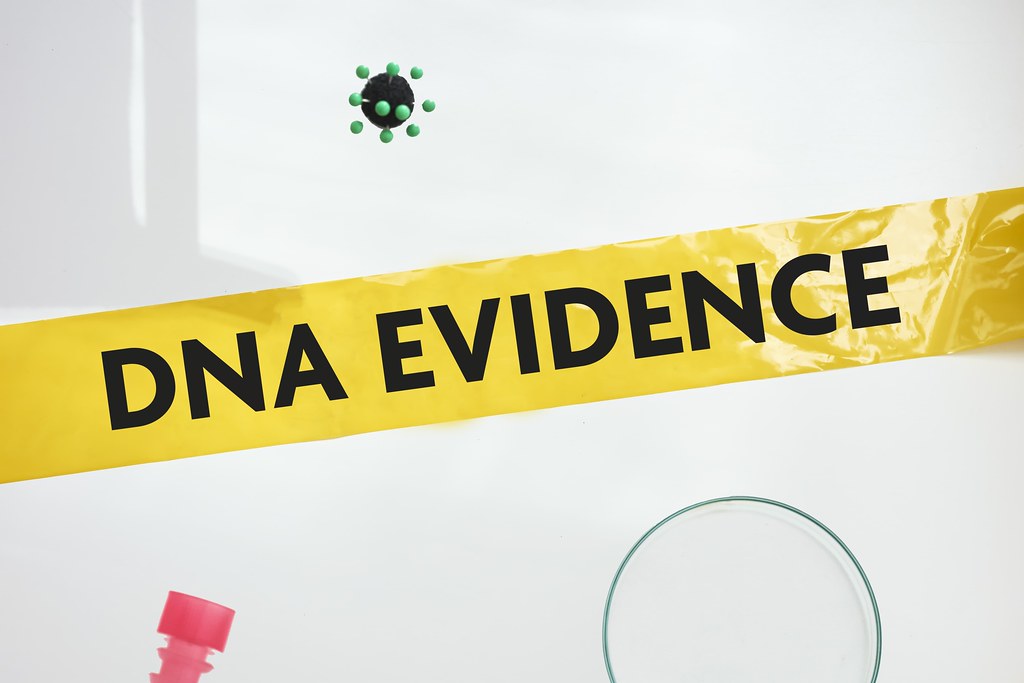‘Unreliable Evidence’: Supreme Court Frees Man from Death Row, Reforms DNA Procedure Nationwide

Introduction
In a transformative ruling poised to reshape the evidentiary landscape of criminal law in India, the Supreme Court in Kattavellai @ Devakar v. State of Tamil Nadu1 acquitted a man sentenced to death for the rape and murder of a couple in 2011. But beyond the acquittal, what makes this judgment historic is the Court’s issuance of binding, nationwide guidelines for the handling of DNA evidence, a much-needed reform that corrects years of unregulated forensic practice.
Before the Guidelines: A Forensic Free for all
Despite DNA being widely regarded as the gold standard in forensic science, Indian jurisprudence lacked a uniform, codified standard for its collection, preservation, or use. Investigating officers and forensic personnel operated in silos, leading to major lapses in maintaining the chain of custody, a critical link that determines the evidentiary reliability of biological samples. This lacuna often rendered otherwise probative evidence inadmissible or questionable, especially in cases where the stakes were highest, such as those involving capital punishment.
The Incident at Suruli Falls: Tragedy Meets Investigation
In May 2011, four individuals visited Suruli Falls, Tamil Nadu. Two of them, Ezhilmuthalvan and Kasturi, went missing and were found days later, brutally murdered. Kasturi was also sexually assaulted. The prosecution’s case rested almost entirely on circumstantial evidence and DNA reports linking the accused, Kattavellai @ Devakar, to the crime. Lower courts convicted and sentenced him to death.
But the Supreme Court found significant procedural lapses. Testimonies were unreliable, confessions were vague, the ‘last seen’ theory was unsubstantiated and crucially the DNA chain of custody was broken. These flaws led the Court to acquit the accused, but more importantly, prompted it to address the broader systemic problem.
A Forensic Revolution: Supreme Court’s Binding Protocol for DNA
Recognizing the risks posed by a lack of procedural uniformity, the Court issued detailed and binding directions that must be followed in all cases involving DNA evidence:
- The collection of DNA samples once made after due care and compliance of all necessary procedure including swift and appropriate packaging including a) FIR number and date; b) Section and the statute involved therein; c) details of I.O., Police station; and d) requisite serial number shall be duly documented. The document recording the collection shall have the signatures and designations of the medical professional present, the investigating officer and independent witnesses. Here, we may clarify that the absence of independent witnesses shall not be taken to be compromising to the collection of such evidence, but the efforts made to join such witnesses and the eventual inability to do so shall be duly put down in record.
- The Investigating Officer shall be responsible for the transportation of the DNA evidence to the concerned police station or the hospital concerned, as the case may be. He shall also be responsible for ensuring that the samples so taken reach the concerned forensic science laboratory with dispatch and in any case not later than 48 hours from the time of collection. Should any extraneous circumstance present itself and the 48 hours timeline cannot be complied with, the reason for the delay shall be duly recorded in the case diary. Throughout, the requisite efforts be made to preserve the samples as per the requirement corresponding to the nature of the sample taken.
- In the time that the DNA samples are stored pending trial appeal no package shall be opened, altered or resealed without express authorisation of the Trial Court acting upon a statement of a duly qualified and experienced medical professional to the effect that the same shall not have a negative impact on the sanctity of the evidence and with the Court being assured that such a step is necessary for proper and just outcome of the Investigation/Trial.
- Right from the point of collection to the logical end, i.e., conviction or acquittal of the accused, a Chain of Custody Register shall be maintained wherein each and every movement of the evidence shall be recorded with counter sign at each end thereof stating the reason therefor. This Chain of Custody Register shall necessarily be appended as part of the Trial Court record. Failure to maintain the same shall render the I.O. responsible for explaining such lapse.
“The Directors General of Police of all the States shall prepare sample forms of the Chain of Custody Register and all other documentation directed above and ensure its dispatch to all districts with necessary instruction as may be required.”
Where the Prosecution Failed: A Breakdown of Evidentiary Lapses
In setting aside the conviction, the Supreme Court dissected several weaknesses in the prosecution’s case, emphasizing that the standard of proof in capital punishment cases must be extraordinarily stringent. The Court found the following critical lapses:
- Star Witness was Inexplicably Silent: Rajkumar who allegedly witnessed a key moment of the accused approaching the victims before the crime, did not report the incident for six days, even though the victims were missing. His testimony was filled with inconsistencies, conjecture, and lacked credibility. Moreover, his partner Bhagyalakshmi, who could have been an independent eyewitness, was never examined, without any explanation.
- ‘Last Seen’ theory too Thin: The prosecution relied on a forest guide who claimed to have seen the accused carrying a sickle near the crime scene. But the Court dismissed this, noting that the accused, a coconut cutter by profession, routinely carried such a tool. This sighting was deemed circumstantial at best, not incriminating.
- Unreliable Confessions: The accused allegedly confessed twice, including one under Section 27 of the Indian Evidence Act, but both were vague and did not reveal any specific, actionable detail. The recovery of a gold chain from his mother-in-law’s house added little value since there was no credible proof tying it to the victim.
- Chaotic Handling of DNA Evidence: Perhaps the most damning lapse was the complete failure to establish an unbroken chain of custody for the biological samples. There was confusion about who collected the swabs, no documentation of transfer to the lab, absence of a Chain of Custody Register, and the officer who delivered the evidence was never examined. These deficiencies made the DNA evidence inadmissible and untrustworthy.
These lapses collectively failed to meet the ‘beyond reasonable doubt’ threshold required for a death sentence, let alone any criminal conviction.
The Ripple Effect: Why This Judgment is a Watershed Moment
This decision sets a high watermark for forensic and circumstantial trials. It marks the first time that detailed procedural norms for DNA evidence have been issued and binds all states and law enforcement agencies. By ensuring rigorous evidentiary protocols, the Court has reaffirmed that in criminal justice, especially when life and liberty are at stake, procedure is not just form, it is substance. For more details, write to us at: contact@indialaw.in
- Crl.A. No. 1672 of 2019 ↩︎
By entering the email address you agree to our Privacy Policy.



